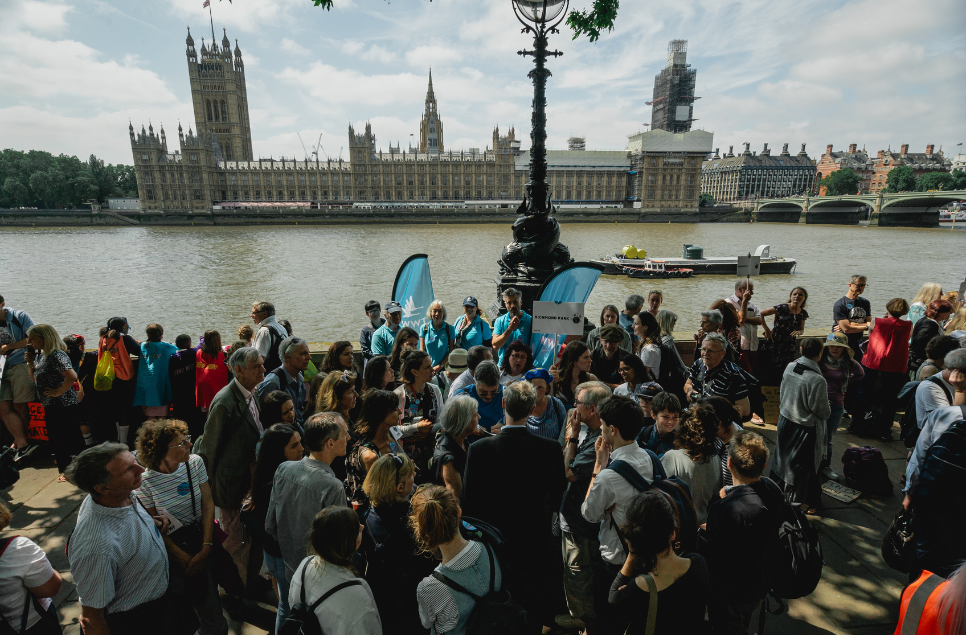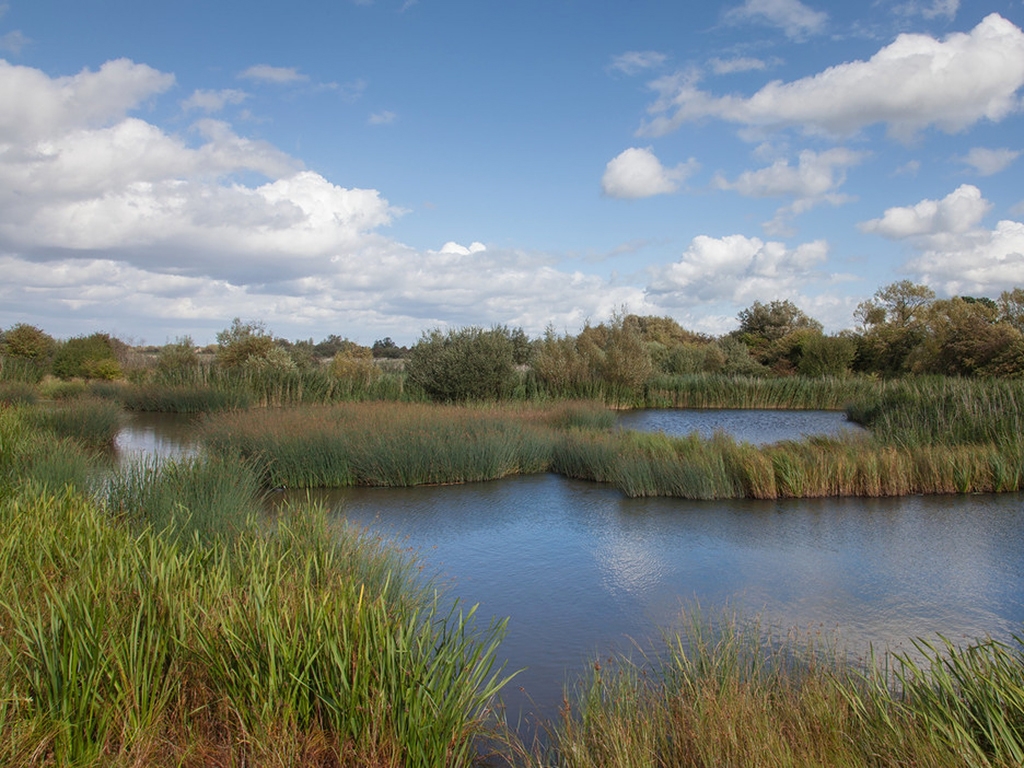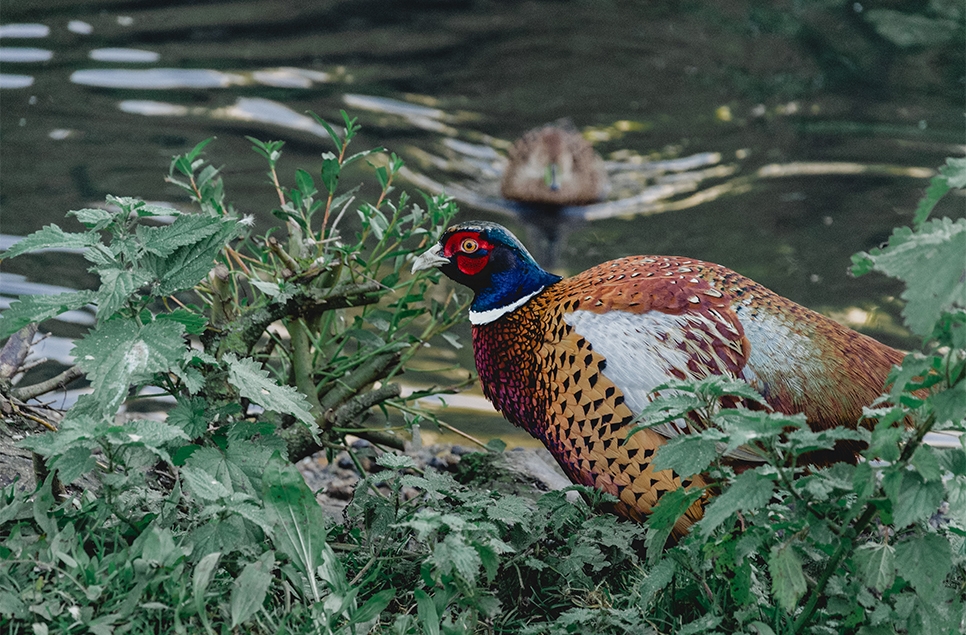Warming climate and storms see Bewick's make latest arrival since 1965
Today the first of this year’s Bewick’s swans have arrived at WWT Slimbridge, the latest they have arrived since 1965. Experts are linking their delayed arrival to climate change, combined with a mixture of stormy and mild weather in recent weeks.
The family of Bewick swans who have arrived have landed three weeks later than they did in 1965, and almost a week later than last year, when they arrived overnight on 10 November. They have completed an epic 3,500-kilometre annual migration from Russia’s arctic tundra.
As climate change warms the arctic tundra where Bewick’s swans breed, it is likely that birds are leaving their summer haunts later, with many travelling less far west than in previous generations.
Milder conditions caused by climate change in Europe may mean we see fewer of these birds flying to the UK in the colder months, with their winter strongholds moving steadily east.
Research has already shown that their wintering range has shifted more than 350 kilometres closer to their arctic breeding grounds since 1970, driven by increasing temperatures.
This year’s first arrivals, were Maisie and her partner Maifield and their two cygnets, who all touched down on 16 November. Maisie first wintered at WWT Slimbridge in 2014 and has returned to the reserve every year since. In 2016 she arrived with her new mate Maifield. After coupling up the pair brought their first two cygnets back to Slimbridge in 2020, three more in 2021, two more last winter and another two this year. Maisie also featured in the film Flight of the Swans, a story of hope and discovery looking at how communities across 11 countries, from the Arctic to the UK, are working hard to protect Bewick’s swans and wetlands.
Kane Brides, Senior Research Officer at WWT said:
“For the second year in a row we’re seeing Bewick’s swans returning later than we would expect, with Maisie and Maifield being the latest first arrival on record since 1965.
“Bewick’s swans are a bird that holds special importance to WWT, appearing on our logo and being the subject of a 60-year single species study which has allowed us to track the species’ fortunes in the UK in minute detail for decades.
“If more individuals end up ‘short-stopping’ their autumn migration, it’s possible that in decades to come we might no longer expect to see Bewick’s swans at WWT Slimbridge, a tangible impact of climate change playing out right before our eyes.”
Bewick’s are small white swans with a black and yellow bill. Every winter they return to the UK to escape the arctic winters of Russia. Their arrival is spurred on by the onset of colder weather on the continent, north-easterly winds, and their need for access to ice-free wetlands, including WWT’s sites in the UK.
However, the population of these beautiful birds has plummeted in recent decades, following a series of poor breeding seasons. The Bewick’s also face pressure from the loss of healthy wetland habitats across their range, as well as the impact of climate change, lead ammunition poisoning and illegal hunting.
WWT founder and conservationist Sir Peter Scott dedicated much of his time to watching and studying Bewick’s swans. He was one of the first people to notice that each bird has a unique bill pattern.
The WWT conservation team based at Slimbridge have been using this technique to identify and record individual Bewick’s swans since Sir Peter Scott’s first study at the centre.
This year marks the 60th year of their Bewick’s swan bill pattern study. Over that time, the comings and goings of individuals and family dynasties has led to over 10,000 swans being recorded, one of the longest single species studies.


